Editor’s Note: Elaine W. Ng is the editor and publisher of ArtAsiaPacific
Story highlights
"Shifting Objectives" is a new exhibit at Hong Kong's M+ museum
It examines Asian design through furniture, posters, mobile phones and more
Although Hong Kong’s M+ museum only officially opens with the completion of its permanent building in 2019, it is already living up to its name and expectations.
Shorthand for “museum plus”, the ambitious HK$5 billion ($645 million) project extends well beyond the parameters of a traditional art museum.
Dedicated to forms as lofty and esoteric as contemporary ink painting and video art, along with everyday comics and functional design and architecture, M+ will be Asia’s first multidisciplinary museum space.
A small fraction of the latter is now on display at M+’s captivating exhibition “Shifting Objectives: Design from the M+ Collection.”
Curated by M+ lead curator for design and architecture, Aric Chen, its focus on design objects – from furniture and tableware to posters, drones and mobile phones – is intelligent, engaging and broad-reaching.
Split into historical and contemporary forms of design, the show provides a glimpse into the M+ design and architecture collection that spans over 2,500 works.
Toshiba to Le Corbusier
The first section situates design in a modern Asian historical context and begins in Japan, Asia’s first post-war industrialized nation.
Created just two years prior to US president John F. Kennedy’s Commission on the Status of Women is a familiar and easily overlooked example.
Toshiba’s first electric rice cooker, from 1959, made life easier for women across east and Southeast Asia – and is now found in homes around the world.

Nearby hang two exquisite black and white photographs of the classical yet highly modern architectural forms of the 17th century Katsura Imperial Villa.
Taken by American-born Japanese photographer Ishimoto Yasuhiro in 1954, the images illustrate the influence of Japanese design, old and new, on designers and architects around the world.
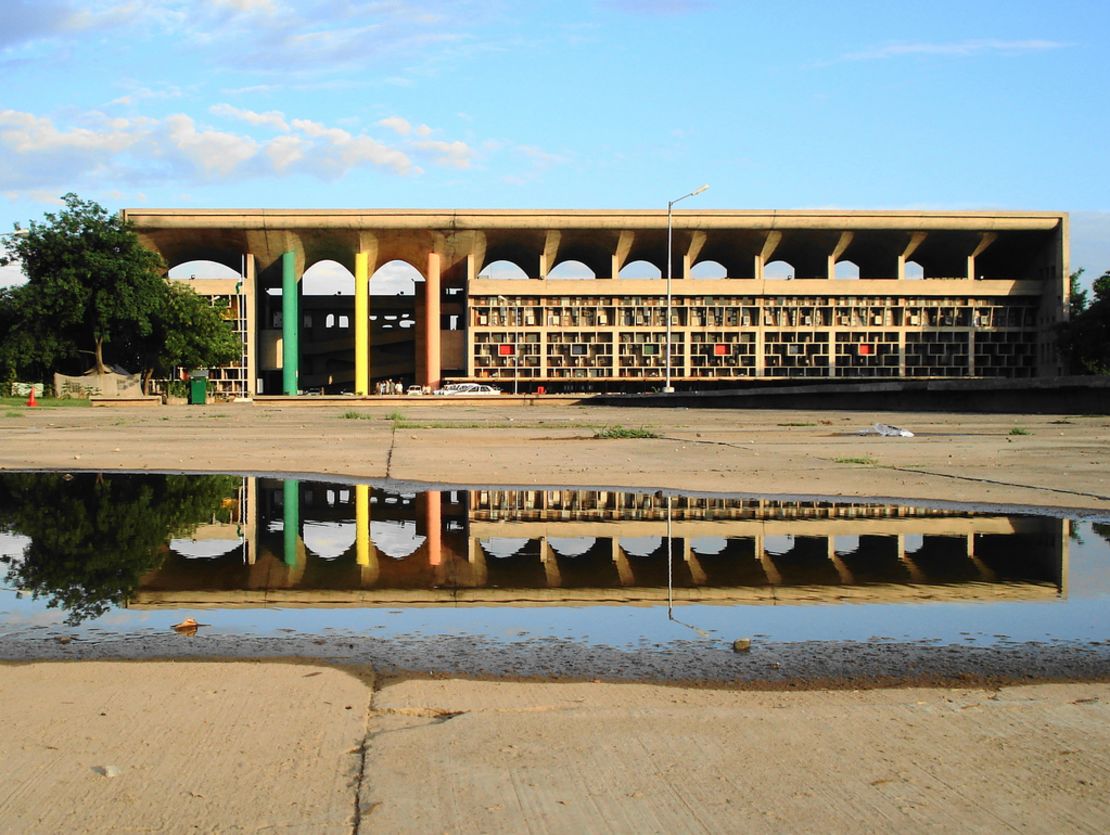
Similar transnational dialogues related to design and architecture also took place simultaneously in other parts of Asia.
In India, for instance, the northern city of Chandigarh occupies an almost mythical status for lovers of modernism. Ask any working architect or contemporary art curator, and it’s likely they went to the capital of Punjab and Haryana before they visited the Taj Mahal.
Chandigarh was ordered to be built from scratch by India’s first prime minister, Jawaharlal Nehru, who enlisted Swiss-French Modernist architect Le Corbusier as its master planner.
The city represents the ideals of a newly independent country in the making –secular, rational and forward thinking and M+ acquired objects from that historical moment.
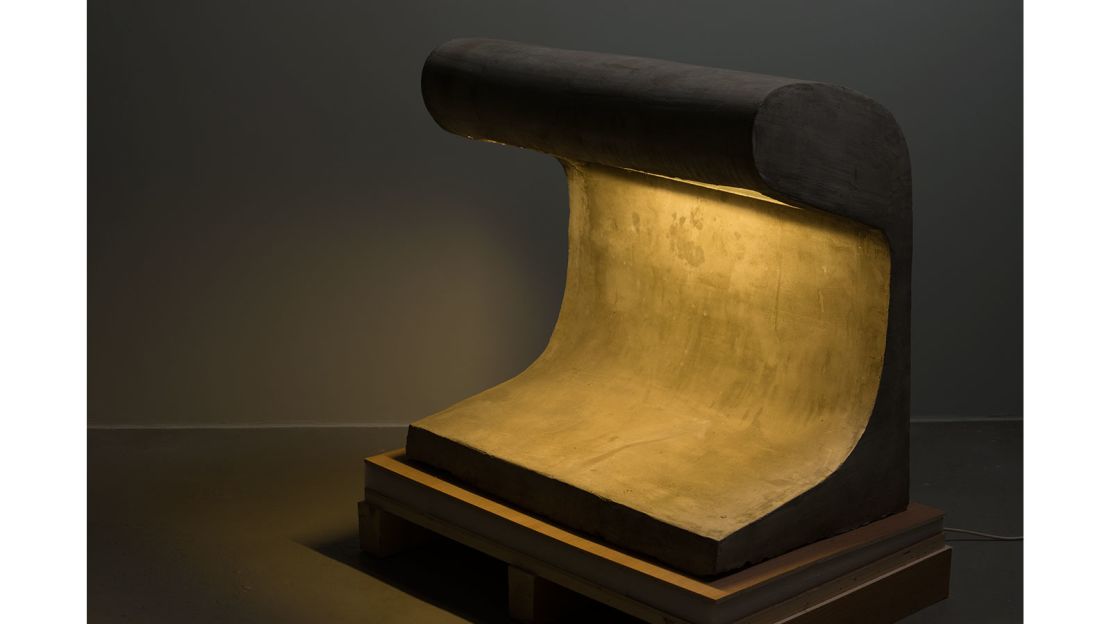
These include a 1952 Borne en Beton concrete light which Le Corbusier designed for the city and which resembles a road barricade more than a lighting fixture.
Transformation defined
Likewise, in China, design was being used to help unify the nation and promote Marxist-socialist ideologies.
One case displays instructional booklets produced by state-run agencies which clearly defined the rules by which furniture, enamelware and graphics should be made.
A row of Soviet-style propaganda posters helps depict the idealism of the period, including one lithograph poster produced in 1978 of a proud female factory comrade showing off steel pots and water kettles.
The slogan plastered underneath in simplified Chinese and pinyin says “Provide Quality Goods, Serve the People Wholeheartedly.”
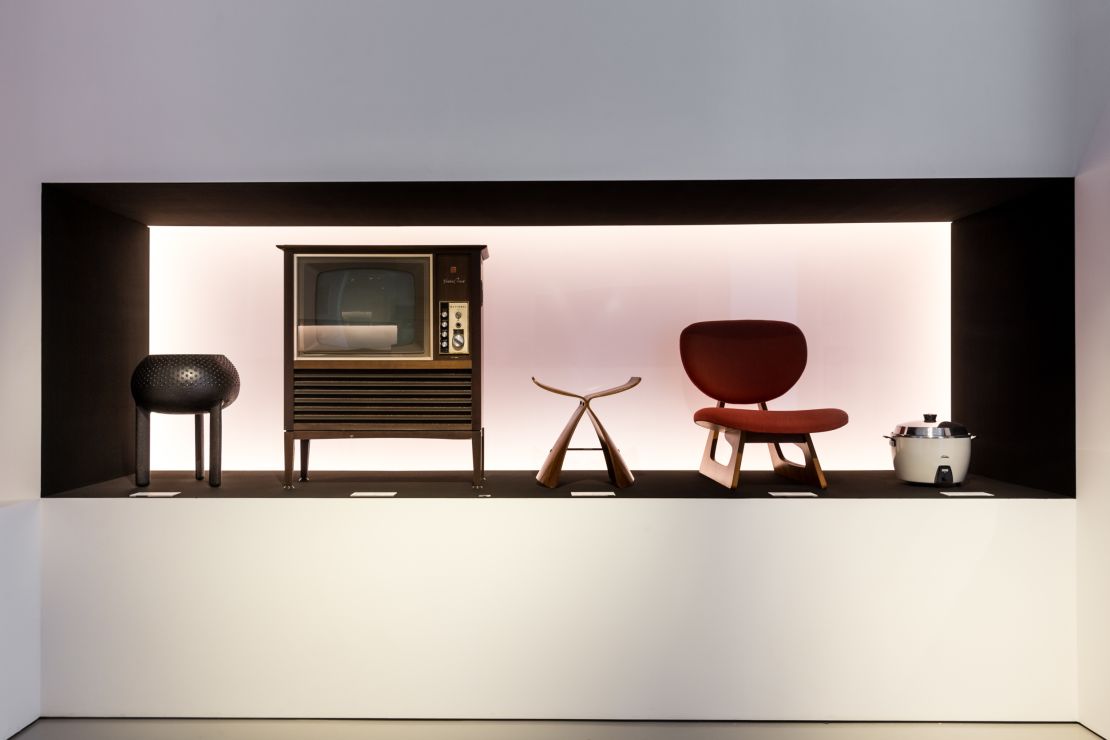
Post-war design in Hong Kong mirrored Japan in many ways. Consumer goods were not only produced for a growing local middle-class market, but also for export. Plastic was the rage – cheap, durable, hygienic and long-lasting – and the industry thrived in the then British colony.
Evidence can be seen in Hong Kong-designed objects from the 1960s, including jolly colored crystal plates and glasses, porcelain tea cups, paper lampshades and futuristic light fixtures, all made from this synthetic material that transformed the world, for better and for worse.
Postmodern forms
One of the most thrilling sections of Chen’s exhibition is focused on postmodern design, and its wild and at times confusing pastiche of colors, patterns, forms and references reveals how postmodernism drew on transnationalist dialogues.
On display are incredible examples by Ettore Sottsass, founder of the Italian anti-design group Memphis, who developed a deep love and fascination for India.
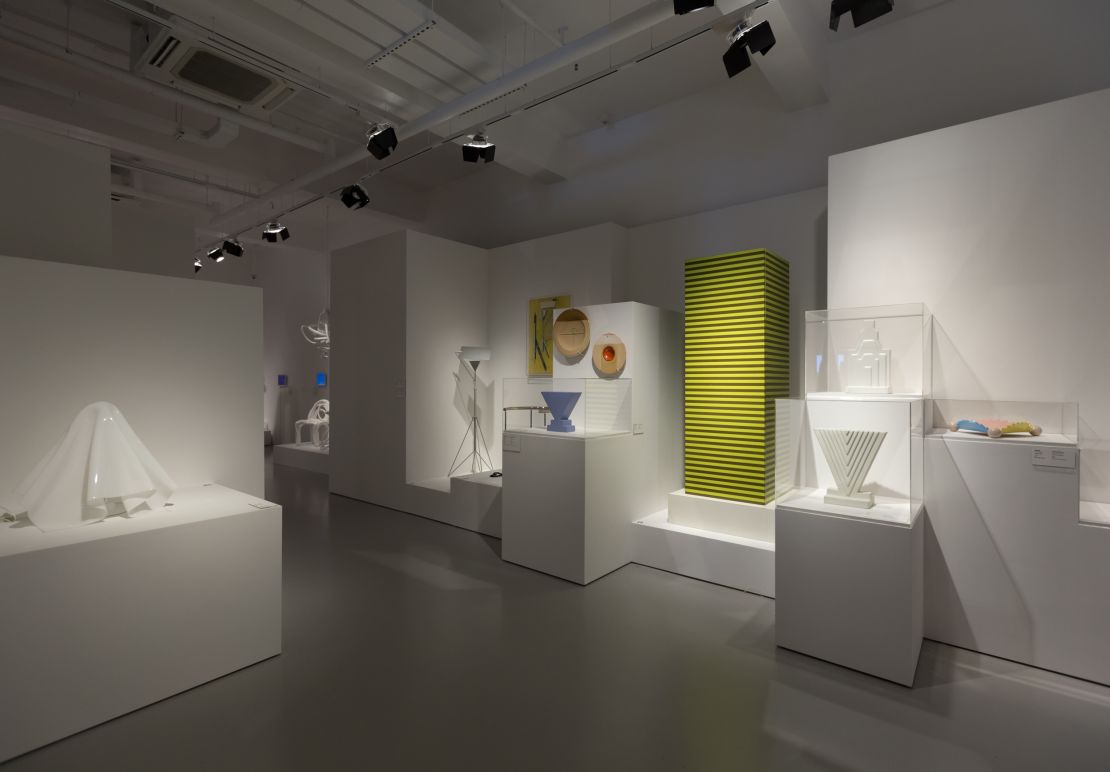
A very early example of the subcontinent’s imprint on his psyche is seen in Superbox (circa 1968). This towering plywood container, decorated in a hypnotic striped pattern of lime and moss green, is clearly a nod to the abstracted phallus of the Hindu Shiva linga.
Sitting beside Sottsass’ works are beguiling examples of postmodernism in the form of sketches, chairs, clocks and ceramics by Kuramata Shiro and Umeda Masanori, Japanese members of Memphis.
Progress designed
The other half of the exhibition rushes into the present day and provides a more organic glimpse into the limitless possibilities of design.
These include the upcycling of remnants of Issey Miyake’s pleated fabric into an offbeat chair by Tokyo-based Nendo studio to a light fixture by Korean designer Lee Kwangho, conceived by handknitting a single electrical cord – an act he often saw his grandmother do as a child.
A display at the end of the exhibition is dedicated to the mindboggling creativity of established product designers – as well as hackers and neophytes – in China’s dynamic Pearl River Delta, centered around Shenzhen.
Here a range of inventions by unknown or “shanzhai” rogue designers – such as inexpensive, lightweight mobile phones equipped with oversized buttons and screens for China’s growing elderly population – sit beside those from more well-known companies, like DJI’s Phantom 1, one of the world’s first pre-assembled civilian drones produced for the mass market.
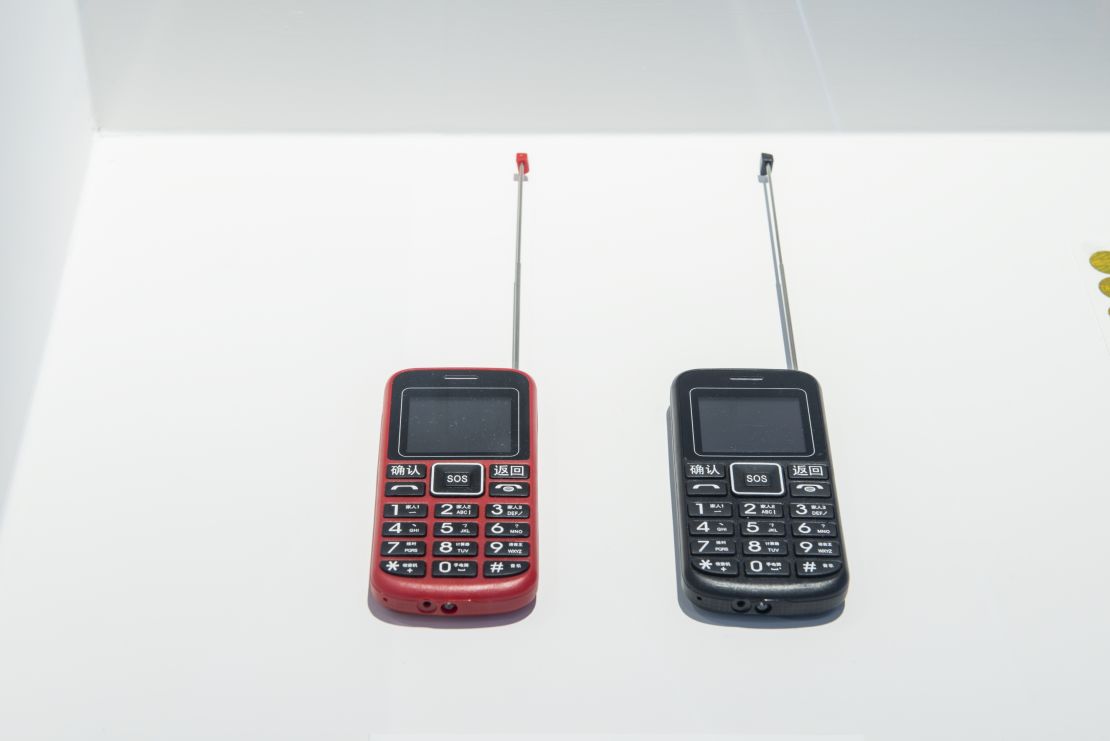
Refreshingly positioned from an Asian perspective, “Shifting Objectives” shows how far the world has come in terms of design, functionality and social progress, as well as where we’re heading.
“Shifting Objectives: Design from the M+ Collection” runs at M+ Pavilion in the West Kowloon Cultural District, Hong Kong, until 5 February 2017.













